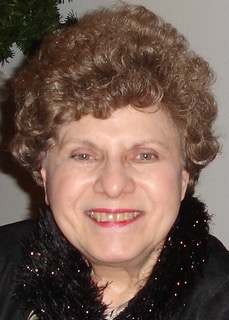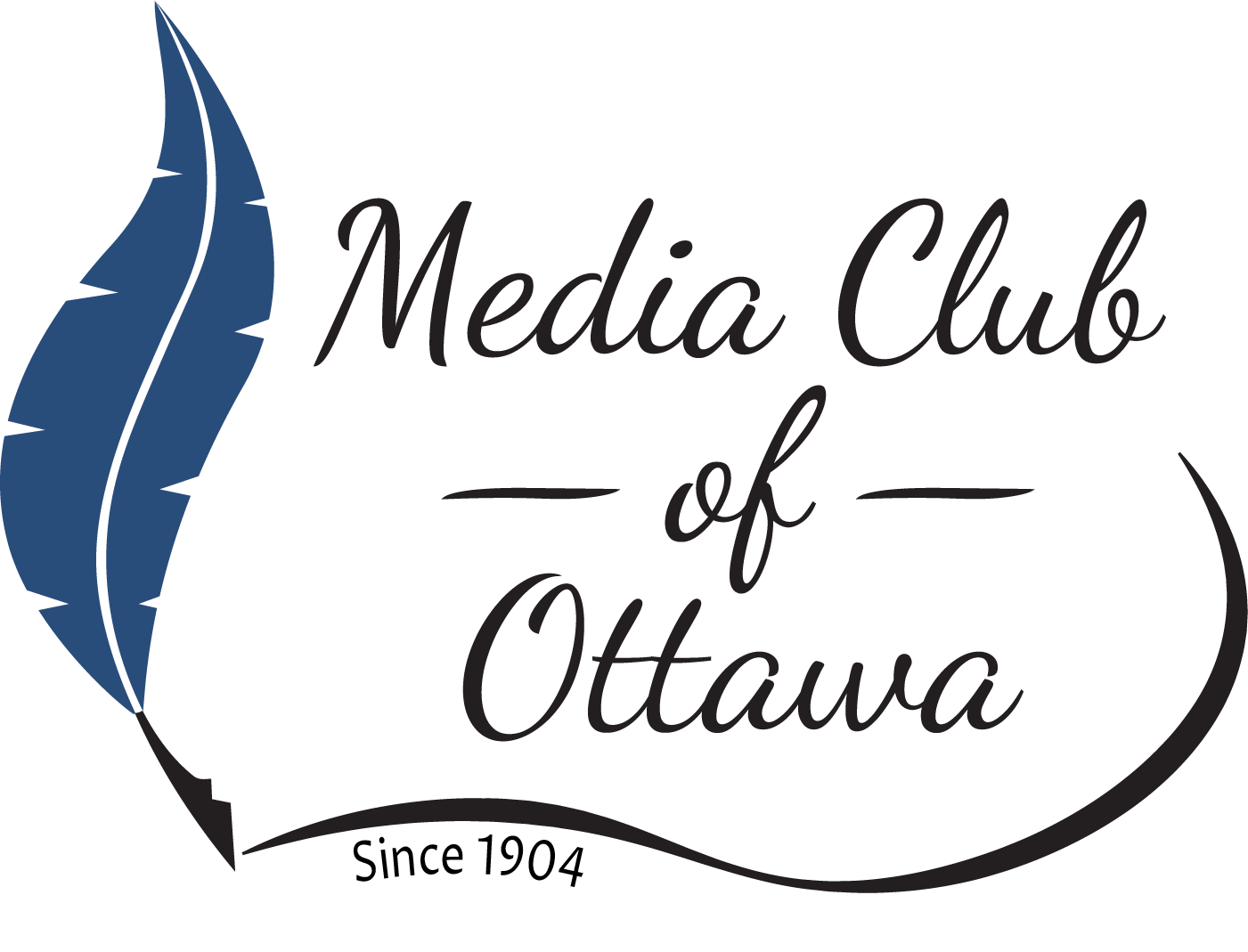
Close to the Truth
There was a Monty Python documentary called Almost the Truth. Comedian Stephen Colbert coined the term truethiness to describe beliefs that have little foundation in evidence or fact.
One wonders, sometimes, if these satirical definitions apply to books labeled Creative Non-Fiction.
When I was teaching high school, the difference between fiction and non-fiction was clear. That’s not the case any longer. Writers are now adopting the philosophy of Frank Lloyd Wright, who said, The truth is more important than the facts.
The late Don Hewitt, who developed 60 Minutes, the first “magazine” type TV show, has been quoted many times as saying that what was important was to tell a good story.
But how important is it for the story to be true?
I recently heard two award-winning Canadian authors describe how they research and write. Columnists for two different newspapers, each has to find a timely subject, gather the facts, and then write a coherent narrative that will appeal to readers.
One told us how he fabricated an embarrassing story about himself to get the subject of his interview to confirm a rumor the writer couldn’t reveal without verification. One wonders how ethical that technique is.
The other author, whose books document local and regional history, revealed that he often has to make up stories about real people when he’s unable to find any written documentation. In one case, meticulous research of many volumes of letters gave him only a hint of a key relationship, so he filled in the blanks.
This popular writer is also a poet and song-writer, and claims that his works are poetic documentaries. He claims there are two key themes of non-fiction – love and bereavement – that drive his books.
History, he claims, is a bad filing system, as it’s been written primarily by victors rather than the vanquished, men rather than women.
He feels his ability to tell what happened to the others, those who were forgotten by the historians, makes his books valuable. Readers definitely agree.
We hunger for the truth, making biographies of celebrities and politicians best-sellers. Memoirs are extremely popular, often landing the author on talk shows.
But we know that most celebrity biographies are ghost-written, with heavy direction and editing by publicists and editors. And we recall the memoirs that turned out to have no basis in fact, including one that embarrassed Oprah when she discovered the author had made up most key details in his book.
The NY Times endured several scandals a few years ago when staff reported on incidents that never occurred, quoting fictitious participants or witnesses.
As a publishing consultant, I’ve heard from authors who feel their lives deserve to be documented. Sometimes they’re looking for help with organizing and editing. A few want to know if their book will still sell if it’s written as fiction, and if they take that route, how heavily do they have to disguise the real people and situations.
I’m not sure I have the answer to these questions. I often equivocate, saying It depends.
What does it depend on? Is the Good Story an honest portrayal of what happened, even if the details had to be extrapolated?
There’s a new term being used for autobiographies that include scenes, dialogue, and even actual facts that may not be accurate. They’re calling it “Auto-Fiction.”
Although I’m troubled by that term, I’ve actually subtitled my most recent book “Not Really a Memoir,” describing the book as follows: “This book is truthful fiction, because the truth is not fixed. It depends on who is remembering, who is reporting, who is listening, who is reacting.”
Some of the chapters are first-person accounts which are as truthful as my memory provided, corroborated by others who were there, as well as verified by facts I was able to check. Others are written in third-person, using a fictional character I establish in chapter one. These chapters include incidents that I recall but can’t verify, dialogue I’ve had to imagine might have taken place, and substitute real locations with imaginary places.
I ended up writing two chapters in the voices of people I knew very well, doing my best to represent their speech patterns and how I think they felt, but changing all names and carefully disguising other key details. I included actual dialogue I remembered, but only those who know me very well, and knew these two people (both now deceased) will recognize them.
As a journalist, I felt strongly that I didn’t have the right to repeat conversations I didn’t actually hear or participate in, or to make assumptions about someone else’s thoughts and motives.
I don’t plan to publish this book, but if that happens, I hope it will be read as “truthful fiction.”
The public is fascinated by people they think they know. Biographies, autobiographies, movies and documentaries are extremely popular. So the next time you pick up the book on your nightstand, or watch a documentary on your TV, ask yourself how much of it is true?
***
Barbara Florio Graham is the author of three books, and offers publishing advice on her website: www.SimonTeakettle.com. She also offers a database of Canadian libraries, and many free resources.
